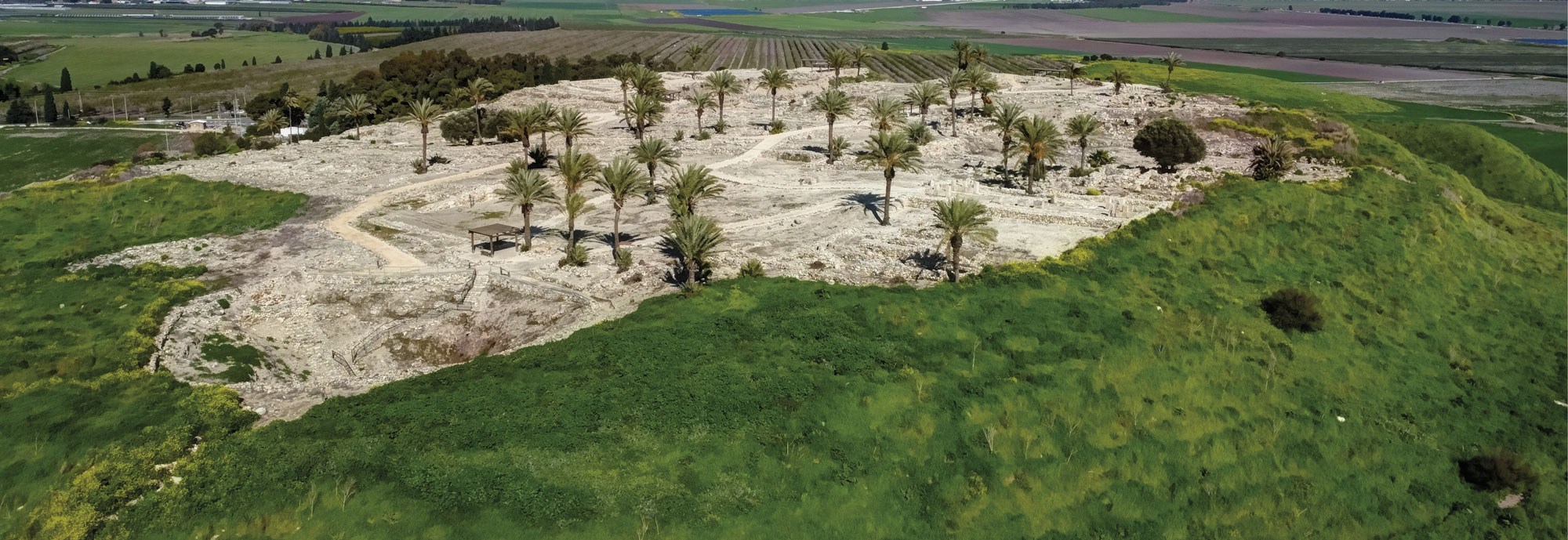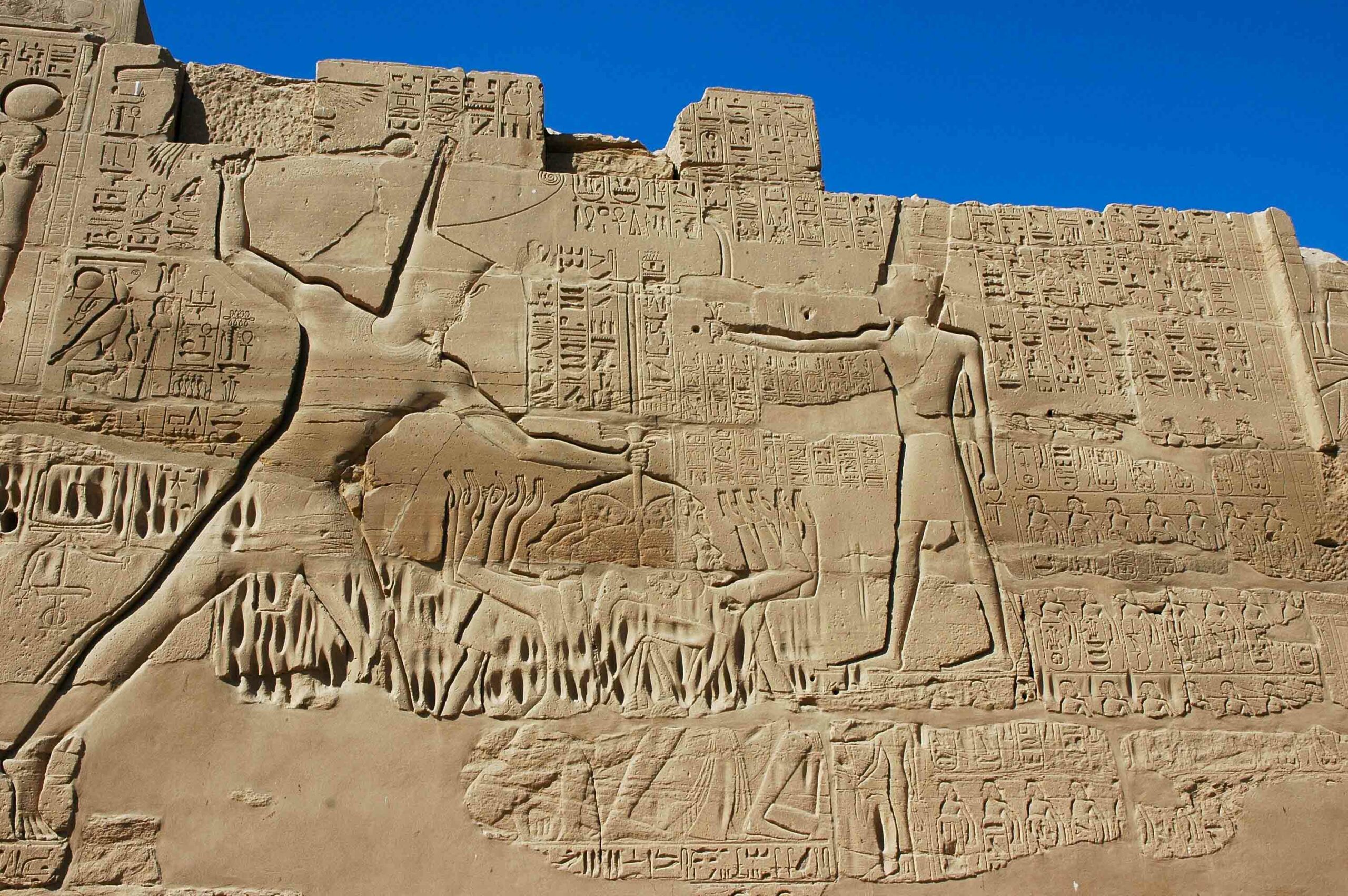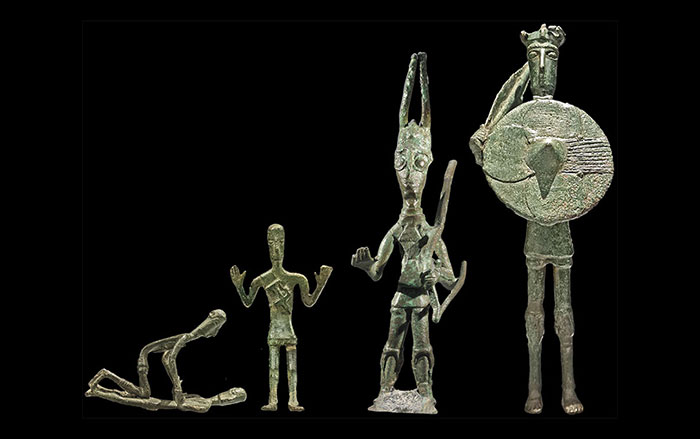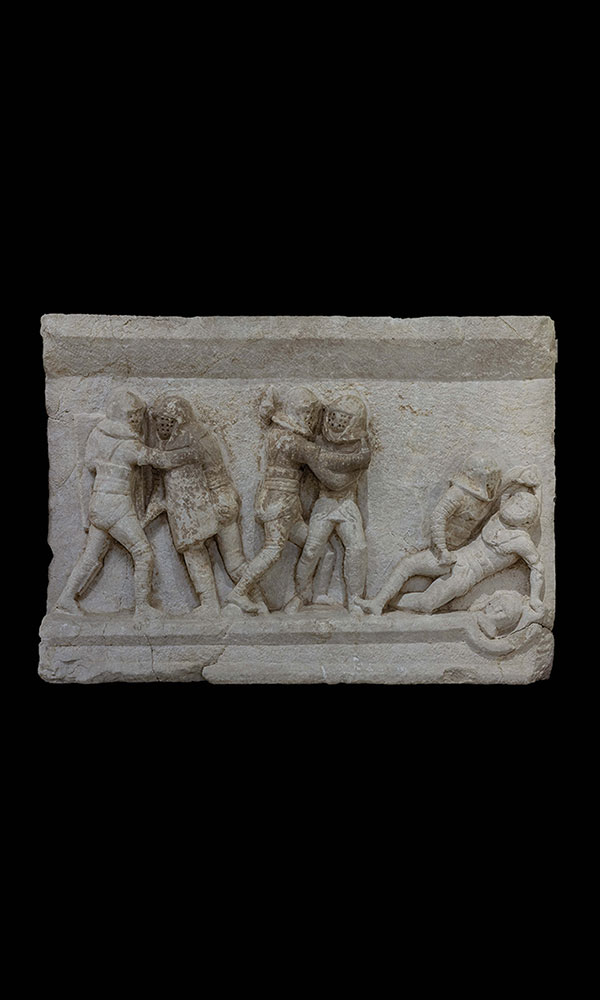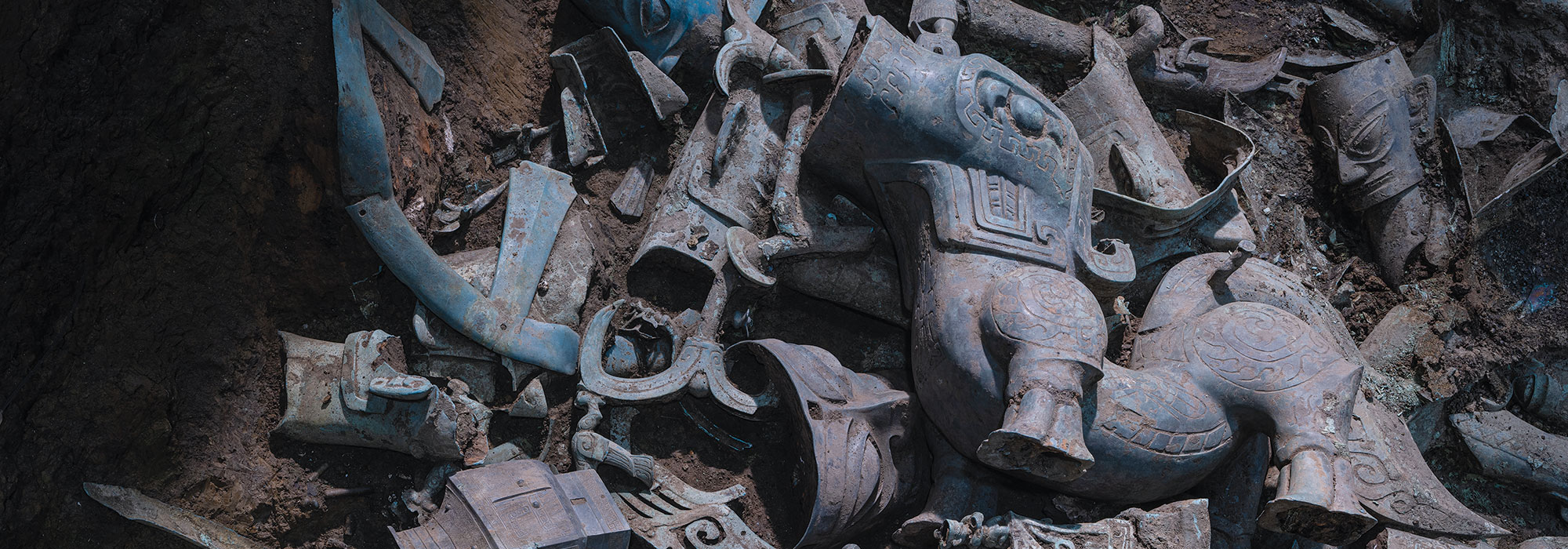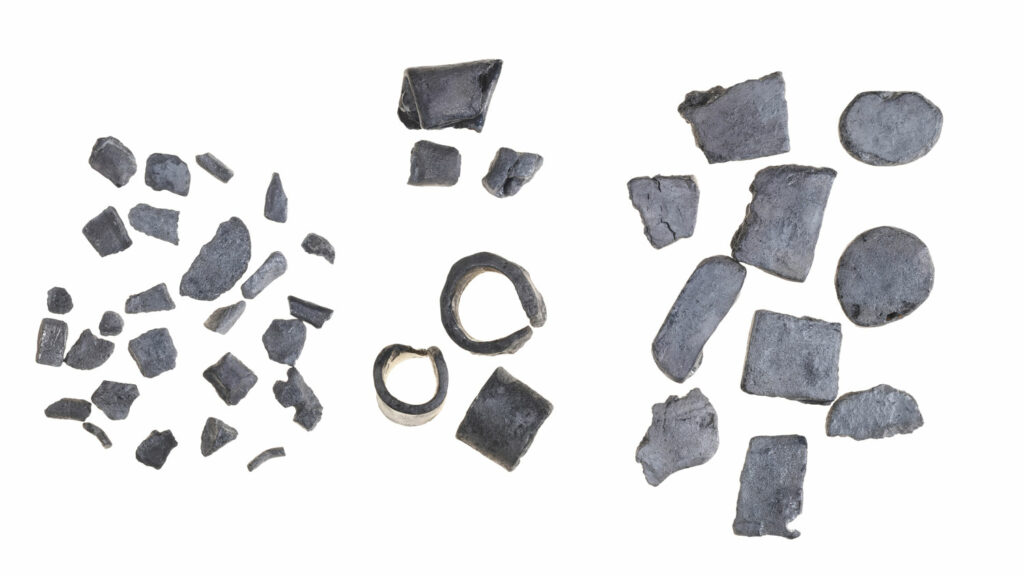
While excavating a palace at the site of Megiddo in northern Israel in the 1930s, a team of University of Chicago archaeologists uncovered a small ceramic jug containing 44 silver objects. The excavators thought that this silver hoard had been left on an earthen floor between 1850 and 1750 b.c., during the Middle Bronze Age. This would have made it at least 100 years older than the oldest silver hoard previously found in the southern Levant. After reexamining the hoard, archaeometallurgist Tzilla Eshel of the University of Haifa suspected the original archaeologists had misinterpreted its context. She compared the lead isotopes in the silver to those in artifacts from other Levantine silver hoards. The results indicated that the ratio of the isotopes in the Megiddo items is similar to silver objects found in the area that date to between 1550 and 1400 b.c., during the Late Bronze Age.
Eshel and Tel Aviv University archaeologist Israel Finkelstein, who codirects excavations at Megiddo, went back to the original excavation report, where they found a record of an ancient pit that had been dug starting around 2.5 feet above the jug’s findspot. The pit had been dug in the Late Bronze Age, coinciding with the hoard’s date based on Eshel’s isotope analysis. “The original excavators didn’t think about the possibility that this hoard might have been hidden beneath a floor,” she says. The Egyptian pharaoh Thutmose III (reigned ca. 1479–1425 b.c.) laid siege to and eventually conquered Megiddo. The researchers suggest the silver items might have been hidden away during this tumultuous period.



